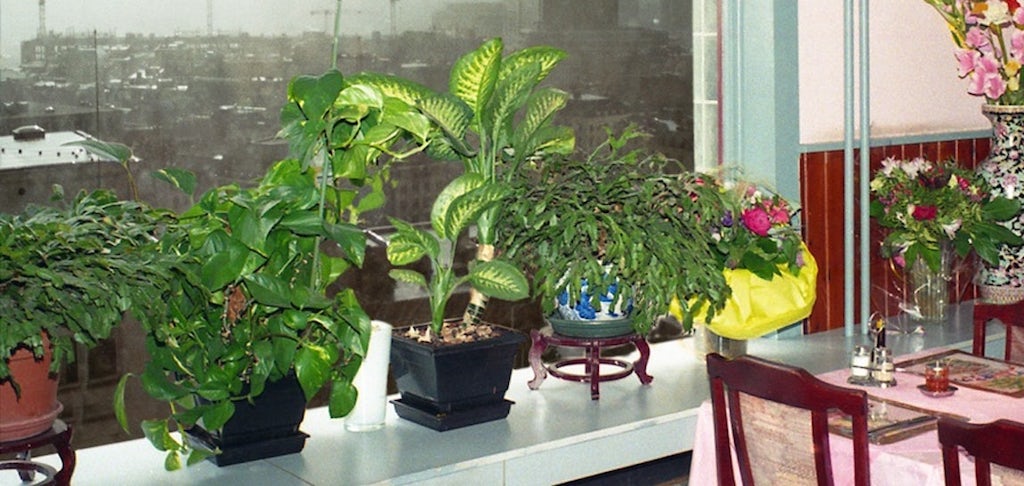Personal statement on the international #4: A Picaresque Adventure

To complement the research and reflection done in this trajectory we hosted inspiration sessions to discuss the alternative and sustainable ways of working internationally in the arts. Visual artists Phillip Van den Bossche (Director and curator Mu.ZEE), artist Kris Verdonck, Ils Huygens (curator Z33) and Simon Delobel (trampoline Gallery) presented their cases and shared their experiences. To conclude, we asked them to write down a personal statement.
Dit artikel is enkel beschikbaar in het Engels.
As a Frenchman in Belgium, I work in Dutch or English every day. To me, everything that I experience here quickly feels international, compared to what I would be able to do in France. As a Frenchman, moreover, the notion of ‘universal’ seems much more interesting to me than the notion of ‘international’. I sometimes have great doubts about everything that is or pretends to be international. When I began to travel through Europe in order to acquaint myself with larger and smaller art institutes, my disillusionment was considerable: work by the same artists was everywhere. When I travel today, I like to visit exhibitions of local artists, something that I cannot see anywhere else. Something local can be universal: this strikes me as much more interesting than being international.
Trampoline is een picaresque adventure, a project that grew out of nothing, with no resources, no capital. As a young gallery owner, you sometimes receive advice or comments from people who are influential in the art world. For example, there was a collector who let it be known that he would support the gallery, but I had to show certain foreign artists whom he considered interesting. A commercial success story does not immediately interest me. I would sooner create the right conditions in order to realize new projects by inspiring artists.
Another gallery owner once advised, ‘You have to work together with that gallery in Los Angeles, and then you can do something together at a fair.’ In itself, that is attractive advice, but it is in my view a further reinforcement of American power over the art market. It seems more exciting to me to choose unpredictability. That is what I try to do with Trampoline. As a picaresque enterprise, Trampoline is in a sense also critical: the gallery tries to escape the well-oiled system.
An artist once told me that the Trampoline programme was not international enough. In the meantime, we are showing work by artists from the Congo, Iceland and Austria. If a foreign artist is in Belgium, and can use Trampoline’s space, that is an option. I worry about artists who are being forced to write success stories. What is left after you have worked through the entire list of big museums and well-known curators? Consider Jan Vercruysse, who died a few weeks ago. He achieved it all, his work is exhibited and collected in the whole Western art world, and then everything is all very silent. It gives the impression that in our spectacle society, the lights are constantly being shone on new figures.
The model of professionalization in the artworld is also problematic. In it, artists have to live from their artistic activities in order to be taken seriously. This often results in making products instead of creating works of art.
At this point in time, I do not want to earn my living from Trampoline. I have other work and try to create an exchange with my work as a gallery owner. I try to work alternatively. I do not want to claim that Trampoline is an alternative for the aforementioned well-oiled system. I do not believe in that. I only want to say that I continue to question myself and my work at the individual level.


